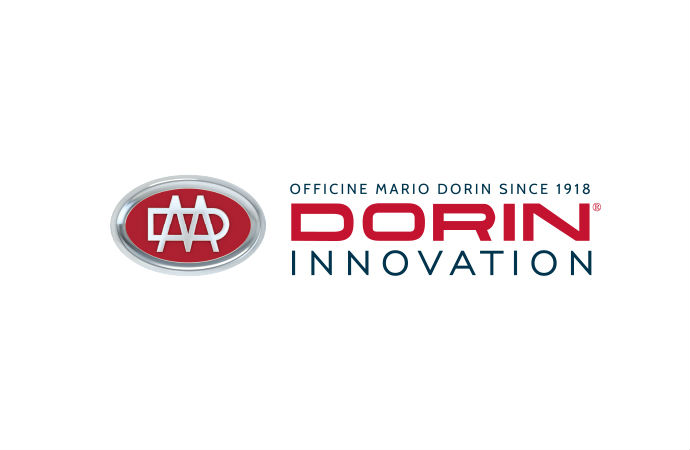The market potential of hydrocarbons in China’s room air conditioning (AC) industry is vast, as HCFC replacement requirements start biting. China’s leading domestic AC producer Gree believes that a "golden age" for HCFC-free including R290 ACs will come in the next decade, according to a recent interview by Chinese media source www.ce.cn.

In China, the most widely used hydrochlorofluorocarbons (HCFCs) are HCFC-22, -141b and -142b. In the air conditioning industry, HCFC-22 represents more than 90% of the refrigerant use. At present, the main alternative to HCFC-22 is R410A, which however has a high Global Warming Potential (GWP).
Chinese government reconsiders feasibility of hydrocarbons
When it comes to low GWP options, in the past hydrocarbons used to be out of the government's consideration: they were viewed as immature technology with safety concerns hindering their wide application. However, rapid development with hydrocarbon technology in recent years has made many industrial stakeholders as well as the government reconsider the feasibility of hydrocarbons to replace HCFCs.
As a recent manifestation of change, Shenzhen became China's first officially approved pilot city for hydrocarbon air conditioning.
Industry preparing for imminent HCFC phase-out targets
With the 2013 freeze and 2015 10% reduction targets in HCFC consumption fast approaching, the industry is increasingly looking at alternatives.
China’s first technology roadmap for the home appliance industry in 2011 set a target to achieve the industrialisation of hydrocarbon technology in the air conditioning industry and calls upon AC producers to widely adopt low GWP R290 as refrigerant.
Replacement waves in China's AC market
With China having entered into a period of replacing HCFC in home air conditioners, many domestic producers in China either no longer manufacture or reduce production scale of HCFC based ACs.
HCFC ACs have become slow-selling products in home appliance stores in many big cities while HCFC free products are becoming the first choice for some consumers. Most Chinese consumers are planning to replace their HCFC air conditioner when the price of HCFC-free air conditioners is reduced to a level they can afford.
In the current AC market, most HCFC free air conditioners use R410A as refrigerant. However, industrial insiders in China believe that with the lifting of the "essential" ban on hydrocarbons signalled by the government, the natural refrigerant could soon become the mainstream in the air conditioning market.
Gree: China will enter into the age of HCFC-free AC
China’s major AC producers take the official signal seriously and are responding actively. In a recent interview conducted by Chinese website www.ce.cn, the CEO of Gree Ms. Dong Mingzhu stated that although China has not introduced a formal standard for HCFC-free products, HCFC-free air conditioners is the general trend.
Ms. Dong also indicated her optimistic expectation to Gree's R290 air conditioners. She said Gree’s R290 technology is already mature enough to put into large-scale production and commercial application. After a two-year effort, Gree has established a production line, which can produce 100,000 R290 air conditioners per year.
Countries like the Maldives are using Gree’s hydrocarbons air conditioners, and similar projects could be implemented across China. From this point of view, Ms. Dong believes China will soon welcome a new era for R290 AC.
Multi-national end-users' HFC phase-out plan
Multi-national end-users such as McDonalds, Tesco, the Coca-Cola Company, Carrefour and Nestle are planning to phase out the use of HFCs in all their refrigeration equipment as of 2015.
All of these companies have factories or large-scale cold storages in China. Tesco has already built two supermarkets with cascade CO2 refrigeration systems in China. Carrefour is also considering installing refrigeration systems using natural refrigerants in stores in China. The demand for low GWP refrigerants like hydrocarbons and CO2 is therefore expected to be on the increase in China in the next decade.
MORE INFORMATION
Related stories












